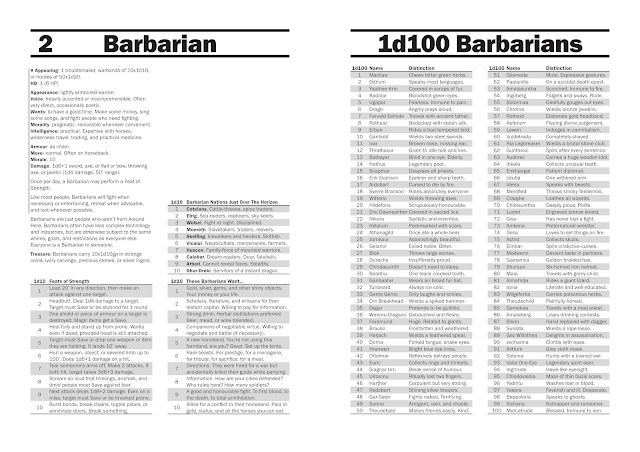Last session in the Ultraviolet Grasslands, the PCs botched a secret mission. They didn't know they were on a secret mission, but that's no excuse.
Now they need to flee the Last Serai. What could be more fun than a chaotic shoot-em-up crawl through some mangled Dyson Logos maps?
We'll see how much of this map actually gets used... but it was fun to make. It hasn't been tested, edited, or checked for errors.










